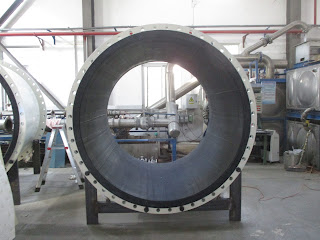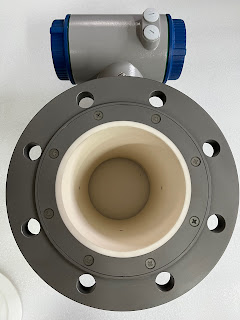What are the disadvantages of electromagnetic flow meter(Magmeter)? What is the minimum conductivity for a magnetic flow meter? How accurate is a magnetic flow meter? for example

The disadvantages of electromagnetic flow meters(Magmeters) include their inability to measure non-conductive fluids, such as oils or gases, as well as their susceptibility to signal interference from external sources. Additionally, magnetic flow meters may be affected by changes in fluid density, temperature, or viscosity, which can impact their accuracy. It is important to consider these limitations when selecting a magnetic flow meter for a specific application. The minimum conductivity required for a magnetic flow meter to function properly is typically around 5 µS/cm (microsiemens per centimeter). This means that the fluid being measured must have a certain level of conductivity for the magnetic flow meter to accurately measure the flow rate. If the fluid has a conductivity below this threshold, the magnetic flow meter may not provide accurate measurements. In terms of accuracy, magnetic flow meters are known for their high level of precision. They can typically achieve accu...















